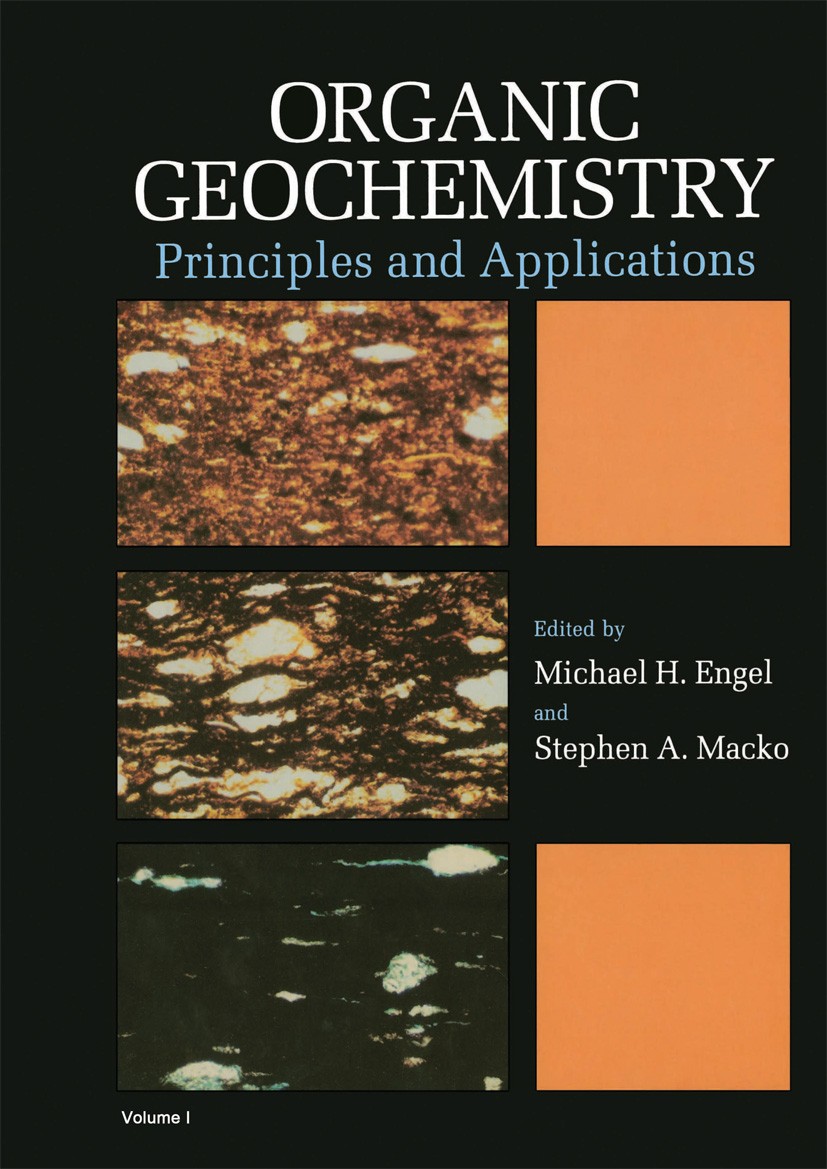Aryl isoprenoids in severe biodegradation oils from the Miaoxi Depression, Bohai Bay Basin
IF 2.5
3区 地球科学
Q2 GEOCHEMISTRY & GEOPHYSICS
引用次数: 0
Abstract
Aryl isoprenoids (AIs), a series of aromatic carotenoid derivatives, have served as significant biomarkers for paleoecology reconstructions. However, the effect of biodegradation on AIs remains unclear to date. Here, a confirmed family of progressively biodegraded oils from the Miaoxi Depression, Bohai Bay Basin was analyzed to investigate the fate of these compounds during severe biodegradation under natural conditions. Two pseudohomologous series with carbon numbers ranging from 13 to 31 and 40 were identified as 2,3,6- and 2,3,4-AIs in the reference oil. The concentrations of total AIs showed a gradual decline with increasing biodegradation but AIs survive in the most severely biodegraded oil (with a PM rank of 8 and an M-MN2 of 983) in this study. The differential proximity of adjacent methyl groups on the benzene ring may result in 2,3,4-AIs being more resistant to biodegradation compared to 2,3,6-AIs. No preferential biodegradation of individual AIs is proceeded systematically by carbon number, which may result from competition of two biodegradation pathways and favor of specific microbial communities. Moreover, the AIs-bearing proxies, including aryl isoprenoid ratio (AIR) and concentrations of total AIs, 2,3,6-AIs and 2,3,4-AIs, exhibit a significant decrease with increasing microbial alteration. Therefore, these proxies must be employed with caution to reconstruct photic-zone euxinia (PZE) for crude oils with potential microbial degradation.
渤海湾盆地苗西坳陷重度生物降解油中的芳基类异戊二烯
芳基类异戊二烯(Aryl isooprenoids, AIs)是一类芳香类胡萝卜素衍生物,已成为古生态重建的重要生物标志物。然而,生物降解对ai的影响至今仍不清楚。本文对渤海湾盆地苗西坳陷已确认的一类渐进式生物降解油进行了分析,探讨了这些化合物在自然条件下严重生物降解过程中的命运。两个碳数分别为13 ~ 31和40的假同源序列在参比油中被鉴定为2,3,6-和2,3,4- ais。随着生物降解程度的增加,总AIs的浓度逐渐下降,但在本研究中,AIs在生物降解最严重的油中存活(PM rank为8,M-MN2为983)。苯环上相邻甲基的不同接近性可能导致2,3,4- ais比2,3,6- ais更耐生物降解。单个ai的生物降解不受碳数的影响,这可能是由于两种生物降解途径的竞争和特定微生物群落的偏好。此外,含AIs的指标,包括芳基类异戊二烯比(AIR)和总AIs、2,3,6-AIs和2,3,4-AIs的浓度,随着微生物变化的增加而显著降低。因此,这些指标必须谨慎使用,以重建具有潜在微生物降解的原油的光区含氧区(PZE)。
本文章由计算机程序翻译,如有差异,请以英文原文为准。
求助全文
约1分钟内获得全文
求助全文
来源期刊

Organic Geochemistry
地学-地球化学与地球物理
CiteScore
5.50
自引率
6.70%
发文量
100
审稿时长
61 days
期刊介绍:
Organic Geochemistry serves as the only dedicated medium for the publication of peer-reviewed research on all phases of geochemistry in which organic compounds play a major role. The Editors welcome contributions covering a wide spectrum of subjects in the geosciences broadly based on organic chemistry (including molecular and isotopic geochemistry), and involving geology, biogeochemistry, environmental geochemistry, chemical oceanography and hydrology.
The scope of the journal includes research involving petroleum (including natural gas), coal, organic matter in the aqueous environment and recent sediments, organic-rich rocks and soils and the role of organics in the geochemical cycling of the elements.
Sedimentological, paleontological and organic petrographic studies will also be considered for publication, provided that they are geochemically oriented. Papers cover the full range of research activities in organic geochemistry, and include comprehensive review articles, technical communications, discussion/reply correspondence and short technical notes. Peer-reviews organised through three Chief Editors and a staff of Associate Editors, are conducted by well known, respected scientists from academia, government and industry. The journal also publishes reviews of books, announcements of important conferences and meetings and other matters of direct interest to the organic geochemical community.
 求助内容:
求助内容: 应助结果提醒方式:
应助结果提醒方式:


